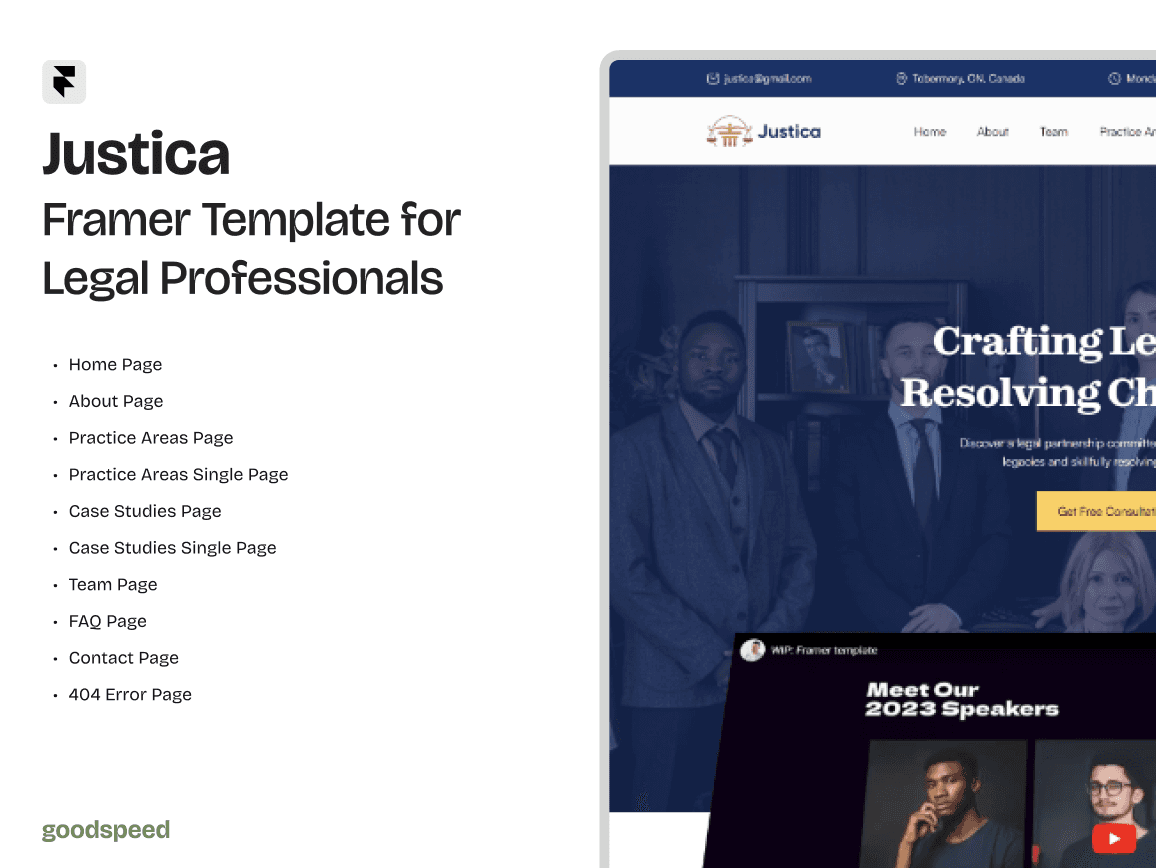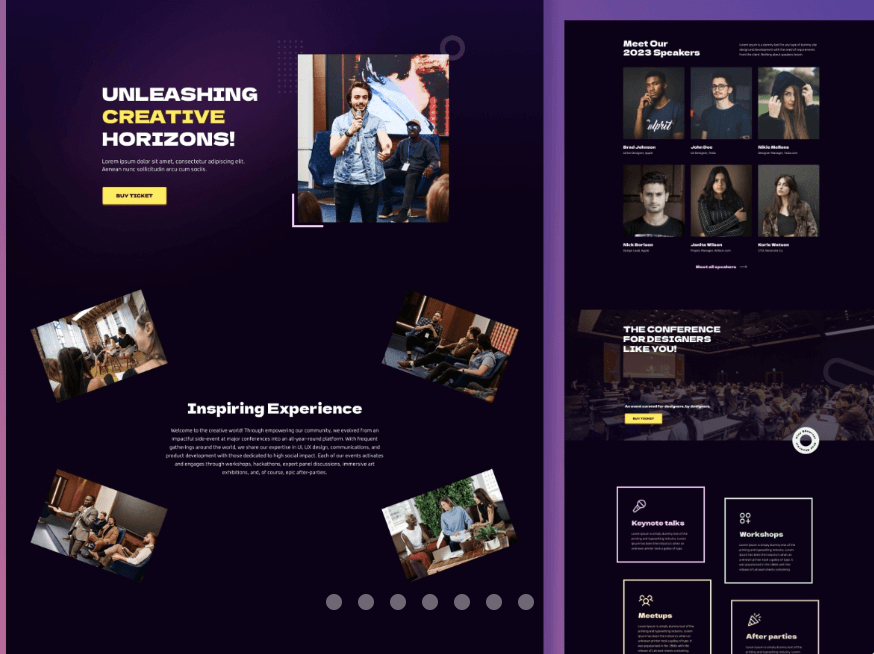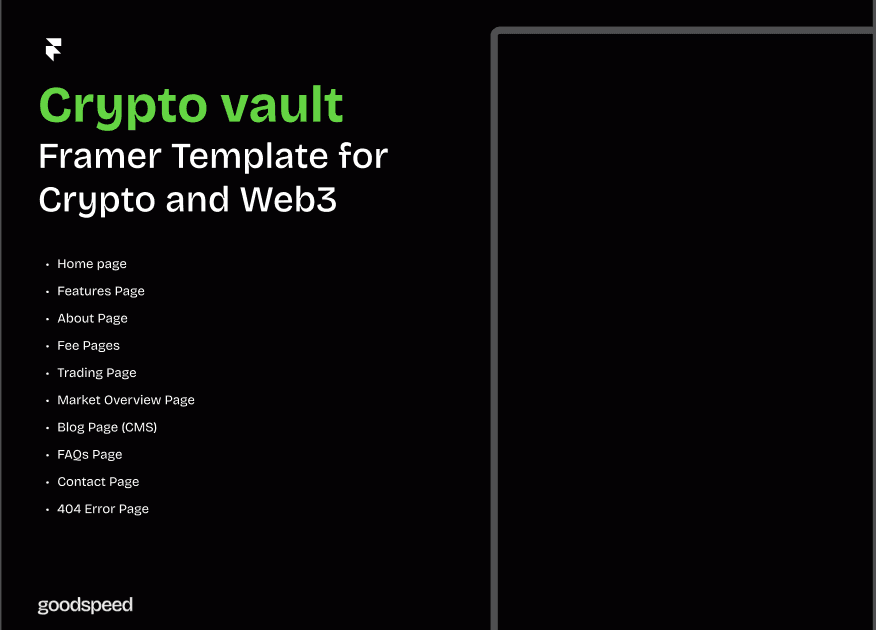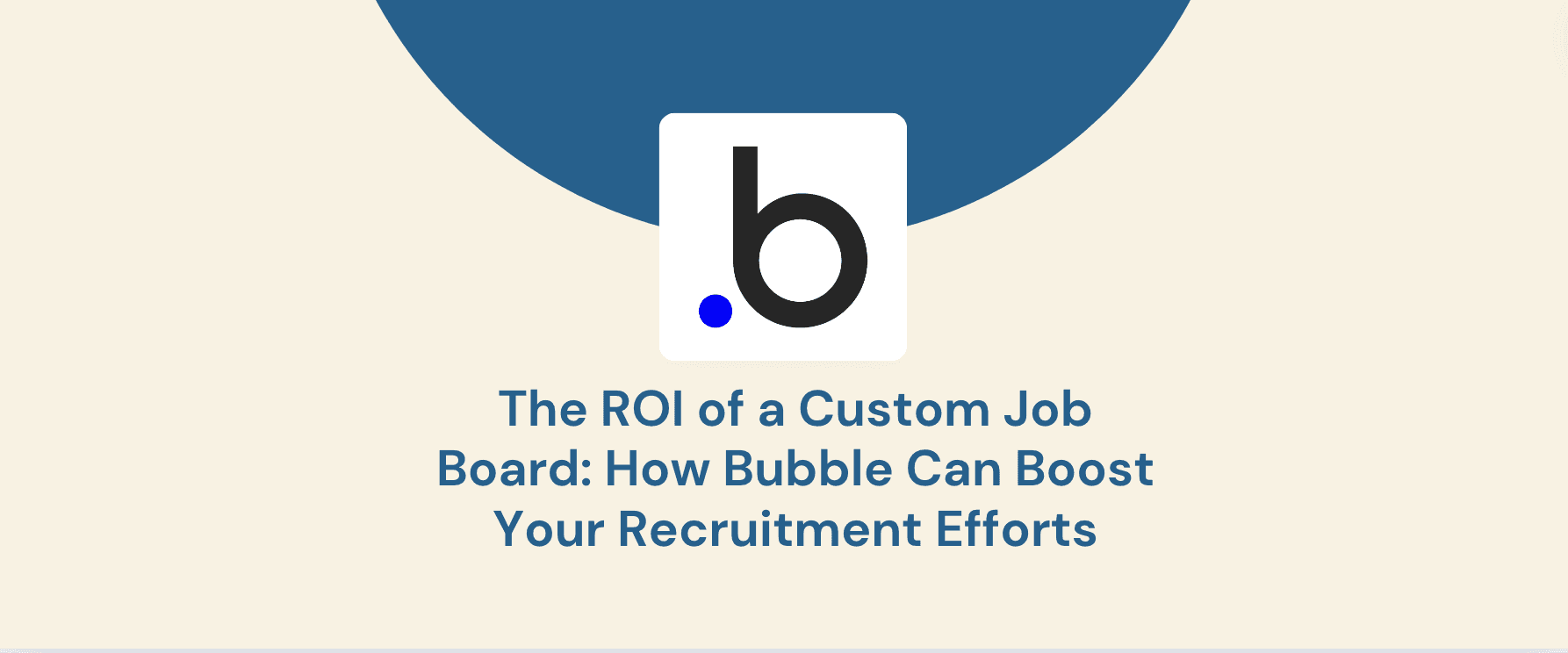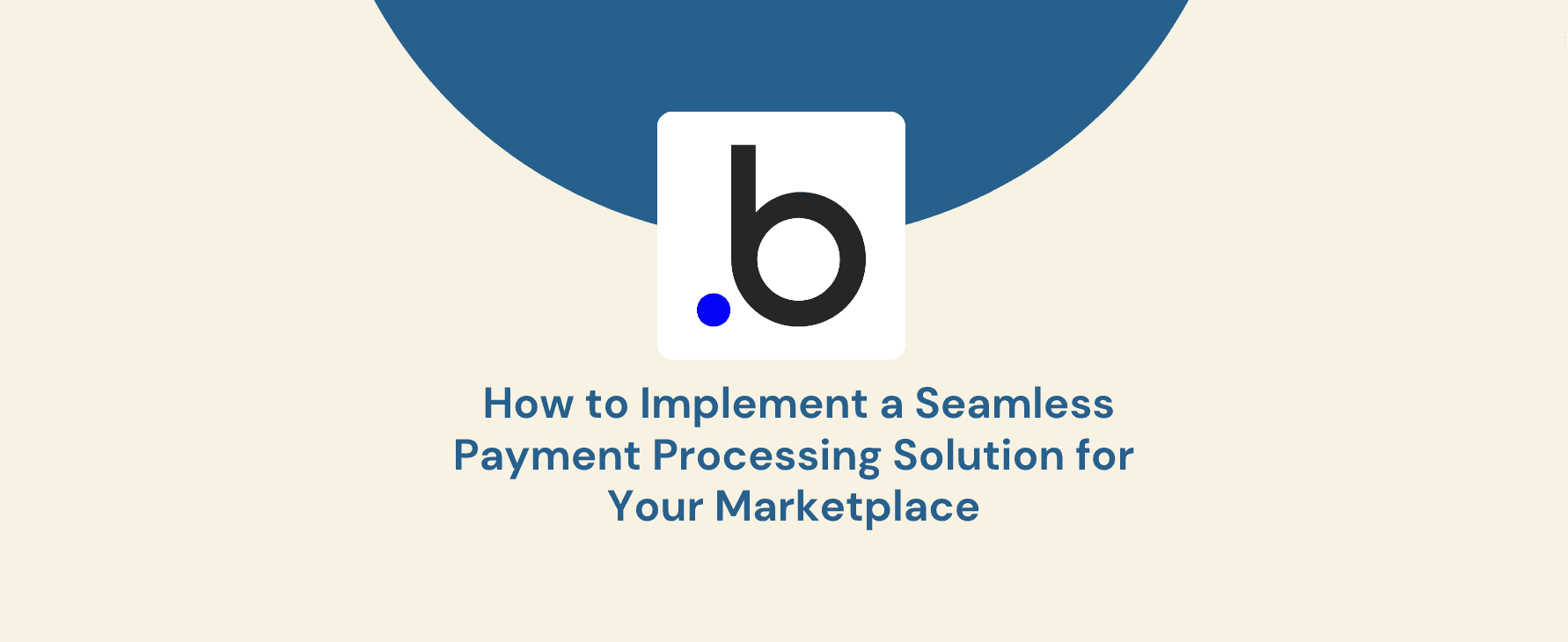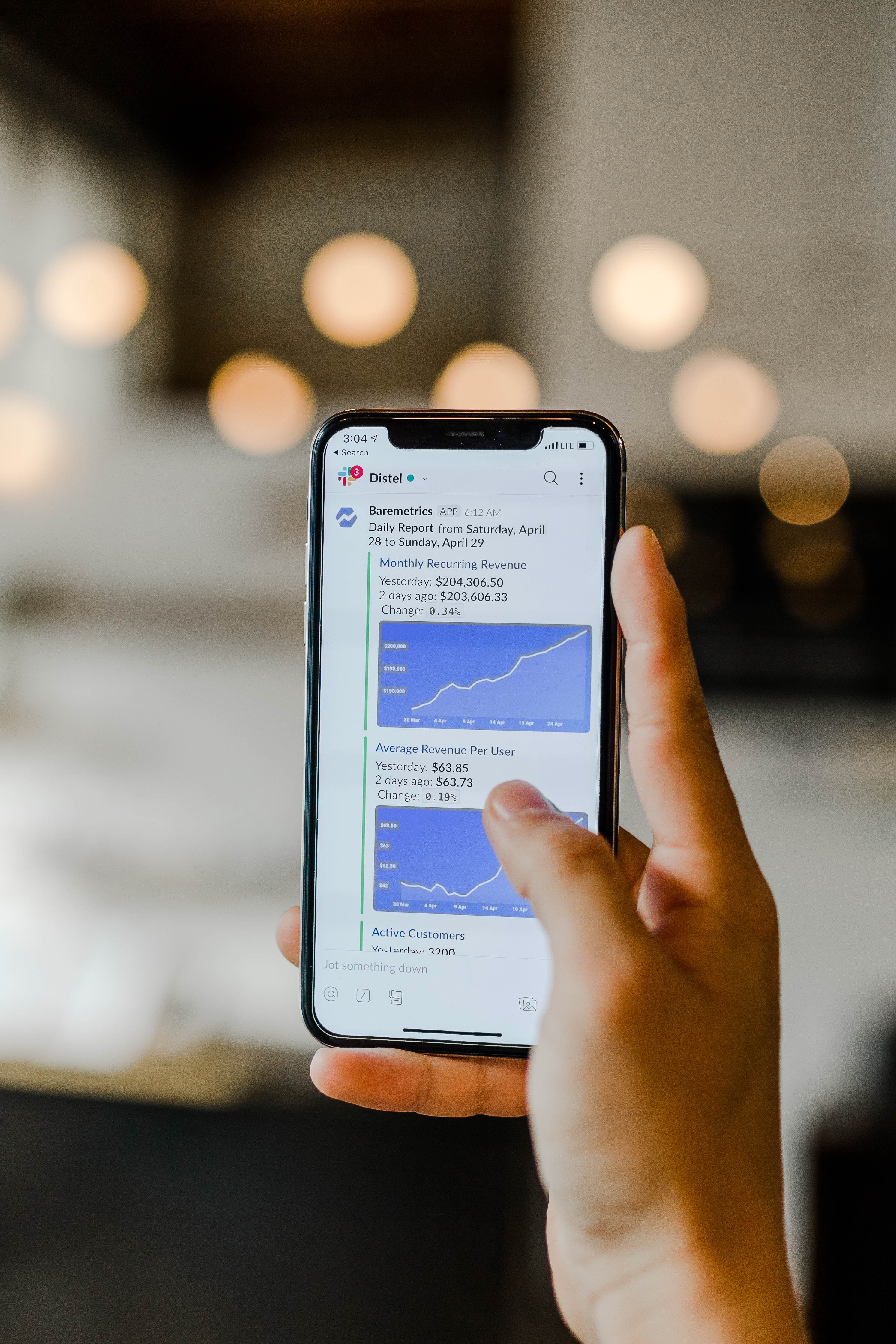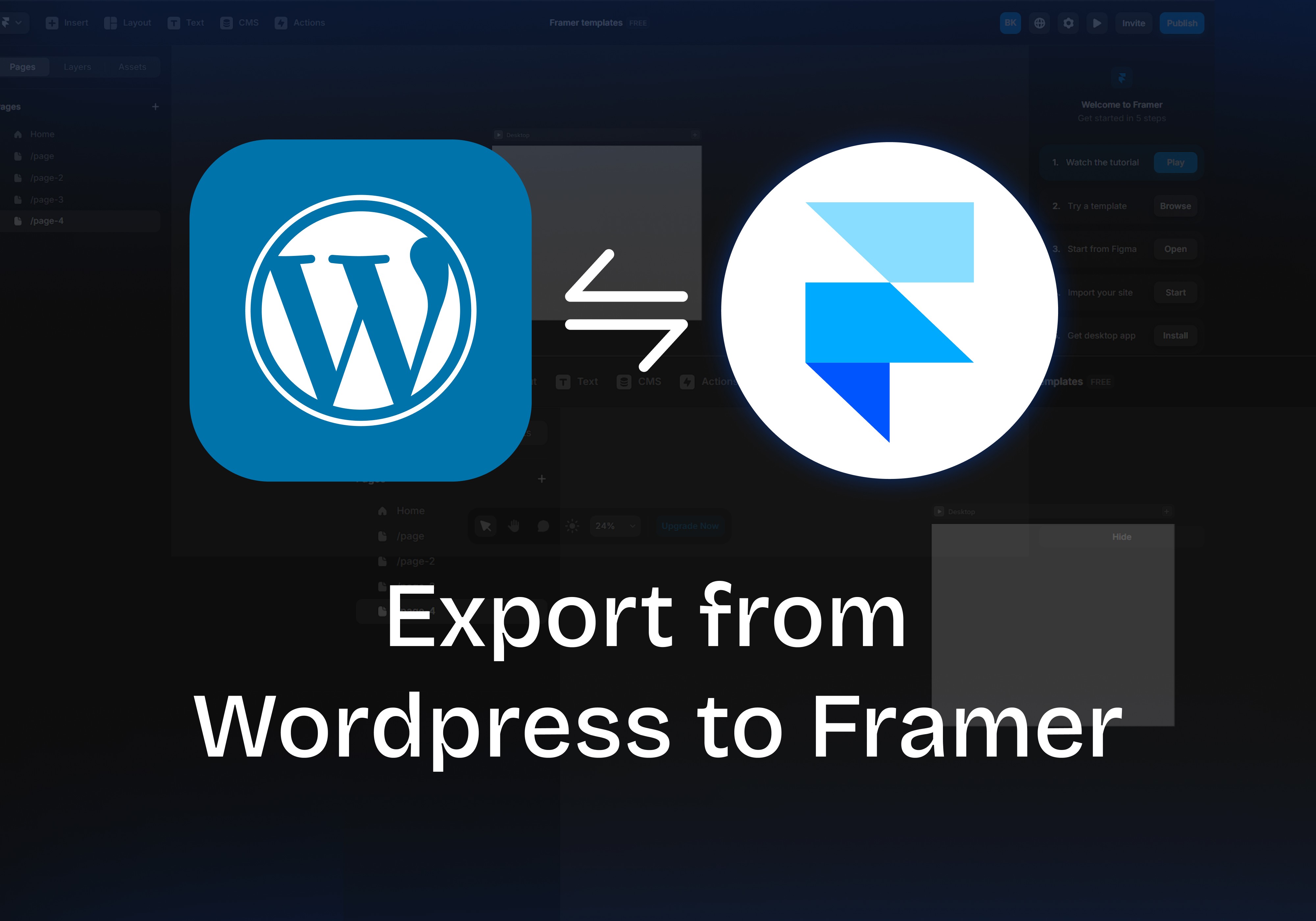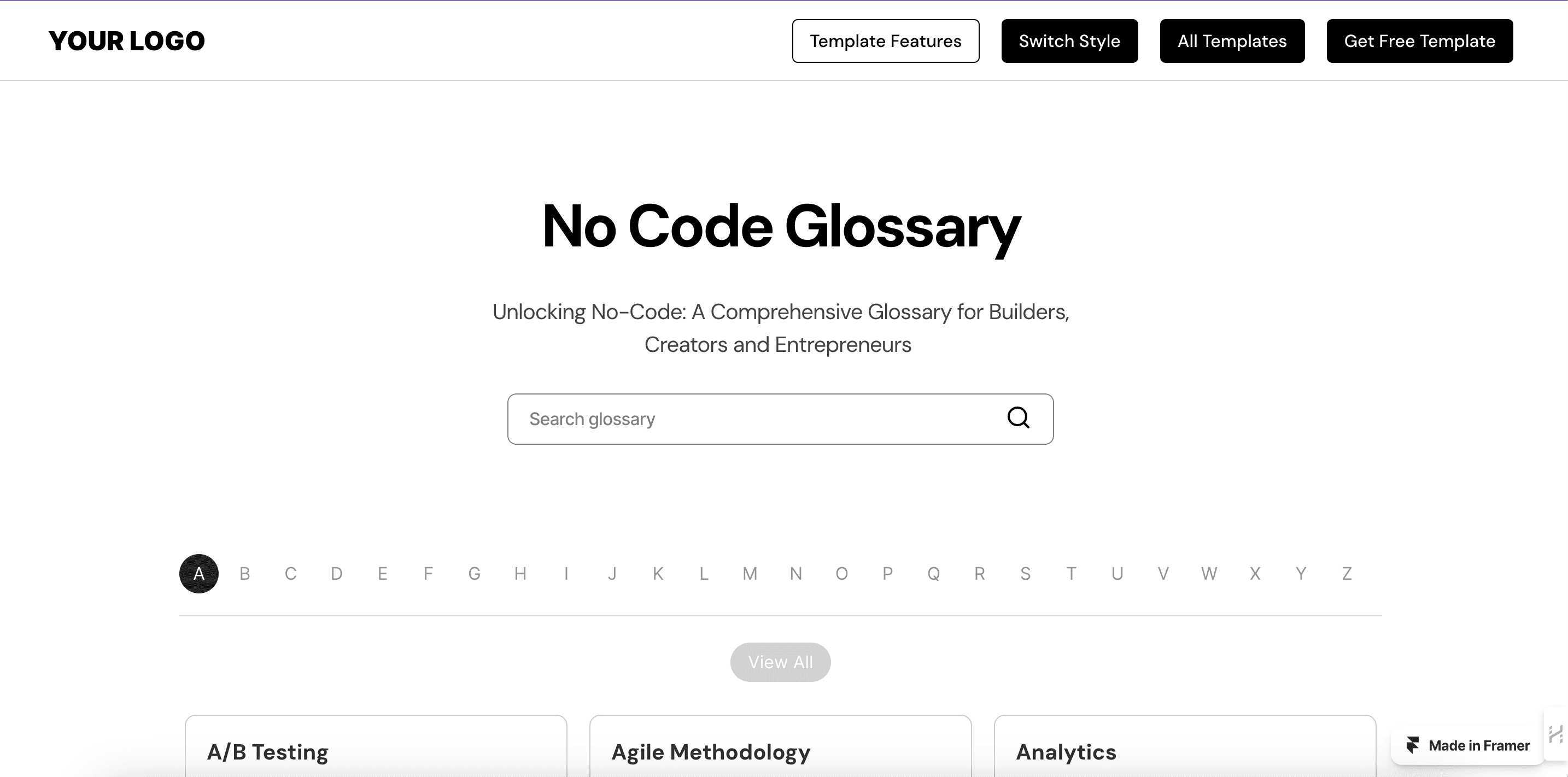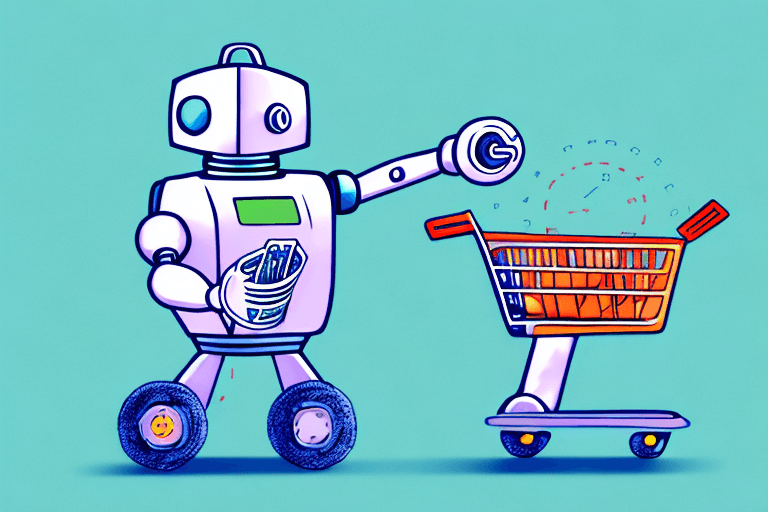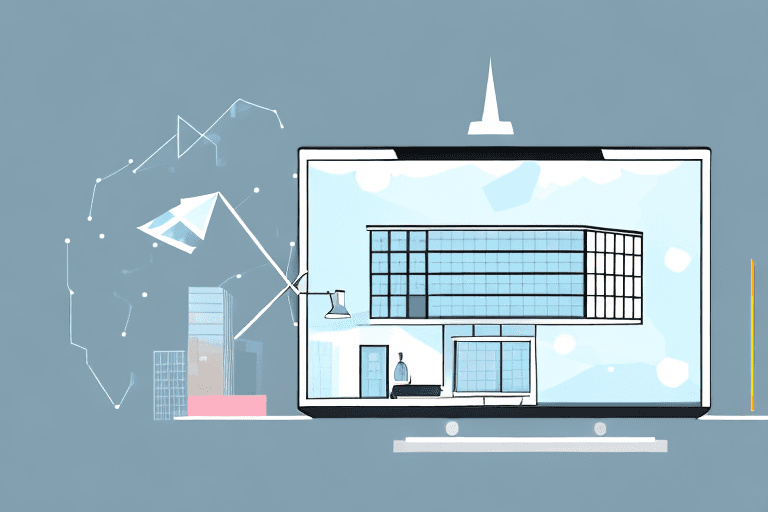No-code platforms have transformed website creation, allowing marketing teams, startup founders, and small-business owners to build professional sites without technical expertise. These tools provide drag-and-drop simplicity, flexible design options, and powerful integrations, making them ideal for marketing websites.
However, with an overwhelming number of options, choosing the right no-code platform for a marketing website requires careful evaluation. From ensuring seamless content updates to balancing cost and scalability, this guide will help you make an informed choice. By the end, you'll have a clear framework to select a platform that aligns with your goals and long-term growth strategy.
1. Identifying Your Marketing Needs
Before comparing platforms, you need to define what your website must achieve. The frequency of updates, team collaboration, and budget considerations all play a role in finding the best solution.
1.1 Frequency & Scope of Website Updates
If your website supports ongoing marketing campaigns, you’ll need a platform that allows frequent updates without disrupting site performance.
Campaign-Driven Changes: Do you launch seasonal promotions, product updates, or event-specific landing pages? If so, your no-code platform should offer quick-edit capabilities and flexible design templates that allow you to refresh content effortlessly. Platforms like Framer provide real-time updates, ensuring marketing teams can deploy new pages without waiting for developer input.
Team Workflow: If multiple people contribute to your website—whether it's content creators, designers, or growth marketers—you’ll benefit from a platform with collaborative editing. Some no-code tools, like Framer, offer unlimited real-time collaborators, making teamwork seamless.
1.2 Budget Constraints & Cost Models
No-code platforms vary in pricing models, from subscription-based services to one-time fees for premium templates. Understanding these costs upfront prevents budget overruns.
Subscription vs. One-Time Fees: Some platforms charge monthly or yearly, while others offer lifetime access with a single payment. If your website requires ongoing updates, a monthly plan with feature upgrades may be more cost-effective.
Hidden Costs: While some platforms advertise low starting prices, additional expenses—such as premium templates, custom domains, or advanced integrations—can increase costs. Framer, for example, starts at $5/month, which is more affordable than Webflow’s $14/month while offering premium design flexibility.
Explore our comparison of popular website builders, Framer vs Webflow, to see which one fits your budget and needs.
For a wider comparison to help you choose wisely, read Framer vs. Other Website Builders: Why Marketers Prefer It.
2. Key Criteria for Selecting a No-Code Platform
Once you’ve outlined your needs and budget, it's time to compare platforms based on usability, design flexibility, marketing integrations, scalability, and SEO optimisation.
2.1 Ease of Use for Non-Technical Marketers
One of the biggest advantages of no-code platforms is their accessibility. However, not all platforms offer the same intuitive experience for marketers with no coding background.
Drag-and-Drop Simplicity: A good no-code platform should let you design pages with a visual editor rather than complex settings. Look for tools that provide pre-built sections and auto-layout options, minimising manual adjustments.
Onboarding & Tutorials: If you or your team are new to no-code tools, check whether the platform offers step-by-step onboarding, video tutorials, or an active user community for troubleshooting.
2.2 Template Quality & Design Flexibility
When building a marketing website, design plays a crucial role in branding, engagement, and conversions. The best no-code platforms offer a balance between pre-built templates and customisation options.
Pre-Built Layouts: A platform with a diverse library of professionally designed templates allows marketers to launch campaigns faster.
Customisation Options: Your website should reflect your brand identity. Ensure the platform offers adjustable fonts, colours, and layout modifications without requiring code.
Discover how Framer templates can elevate your website’s design efforts with advanced customisation features.
One of Goodspeed’s clients, Formula Bot, improved performance and SEO rankings after migrating to Framer, showcasing how an optimised design framework can enhance user experience.
2.3 Integrations & Marketing Tools
Your marketing website is more than just a digital storefront—it needs to work seamlessly with the tools you already use for customer engagement, analytics, and automation.
Email & CRM Integrations: Choose a platform that integrates with HubSpot, Mailchimp, or ActiveCampaign, ensuring automated lead capture and segmentation.
Analytics & Tracking: A robust platform should support Google Analytics, heatmap tools, and conversion tracking for data-driven marketing decisions.
Check out our guide on integrating third-party tools with Framer templates to enhance your website’s marketing capabilities.
2.4 Scalability & Performance
As your business grows, your website should scale effortlessly. Choosing the right no-code platform for a marketing website means selecting a tool that supports increased traffic, expanding content, and evolving marketing needs.
Handling Traffic Spikes: If you run high-traffic campaigns, your platform should ensure fast page loads and seamless user experience.
Future Growth: Consider whether the platform supports multi-page expansions, membership areas, or dynamic content management systems (CMS).
One of Goodspeed’s clients, a Financial Services company, saw dramatically improved load times on Framer, proving that a well-optimised platform can enhance speed and reliability.
A 1-second delay in page load time can reduce conversions by 7%, reinforcing the importance of speed for scalable growth. For optimized site performance that directly boosts conversions, explore our dedicated Framer speed optimisation services.
3. Implementation and Setup Considerations
Once you’ve selected a no-code platform, the next step is setting it up for seamless functionality. Proper data migration, team collaboration, and testing are crucial to ensuring a smooth transition and long-term success.
3.1 Data Migration & Content Organisation
Migrating from an existing website or structuring a new one requires careful planning. A poorly executed migration can lead to SEO ranking losses and broken links, making proper content organisation essential.
Existing Assets: Ensure all blog posts, media files, and landing pages transfer correctly to your new platform.
Site Structure: Maintain a logical navigation flow to prevent disruption to user experience and search engine indexing.
Poorly executed migrations can lead to an 80% organic traffic loss, taking over six months to recover. To ensure a seamless migration without data or SEO losses, consider Goodspeed’s professional Framer website migration services.
3.2 Team Collaboration & Permissions
Managing a marketing website often involves multiple team members. A no-code platform should provide the right tools to collaborate efficiently while maintaining security and access control.
User Roles & Permissions: Look for platforms that allow you to assign Admin, Editor, and Contributor roles to control who can modify content.
Real-Time Collaboration: Some tools, like Framer, offer unlimited real-time collaborators, making it easier for distributed teams to work together without conflicts.
For more insights, check out our guide to real-time collaboration in Framer.
3.3 Trial & Pilot Launch
Before fully committing to a no-code platform, conducting a pilot launch ensures all essential features work as expected. Choosing the right no-code platform for a marketing website means testing functionalities before full deployment.
Free Trials & Sandbox Testing: Many platforms offer trial periods—use these to test design tools, form submissions, and integrations before launch.
Mini Launch: Publish a small test page and gather team feedback to identify potential issues before rolling out the full website.
Choosing the right no-code platform for a marketing website is a decision that requires careful evaluation of your business needs, design flexibility, scalability, and integration capabilities. Whether you're a startup founder, marketing team lead, or small-business owner, selecting a platform that balances ease of use, performance, and SEO optimisation will set your website up for long-term success.
If your marketing strategy involves frequent content updates, high-traffic campaigns, or team collaboration, prioritise platforms that offer real-time editing, robust templates, and seamless integrations. Additionally, ensuring that your platform supports fast load times and mobile responsiveness can significantly impact engagement and conversions.
Many businesses have successfully enhanced their SEO rankings and site performance by switching to well-optimised no-code platforms.
Now that you understand the selection process, take the next step by testing shortlisted platforms through free trials. If you need expert guidance, just book a free consultation today.


